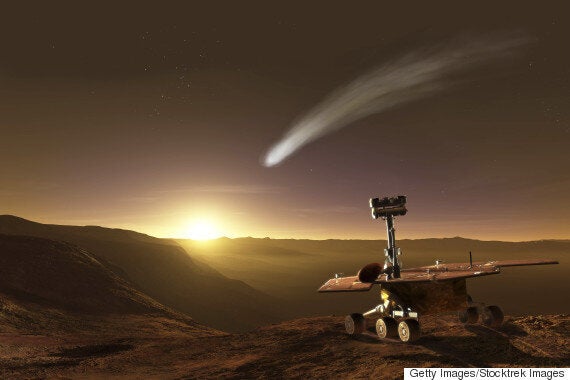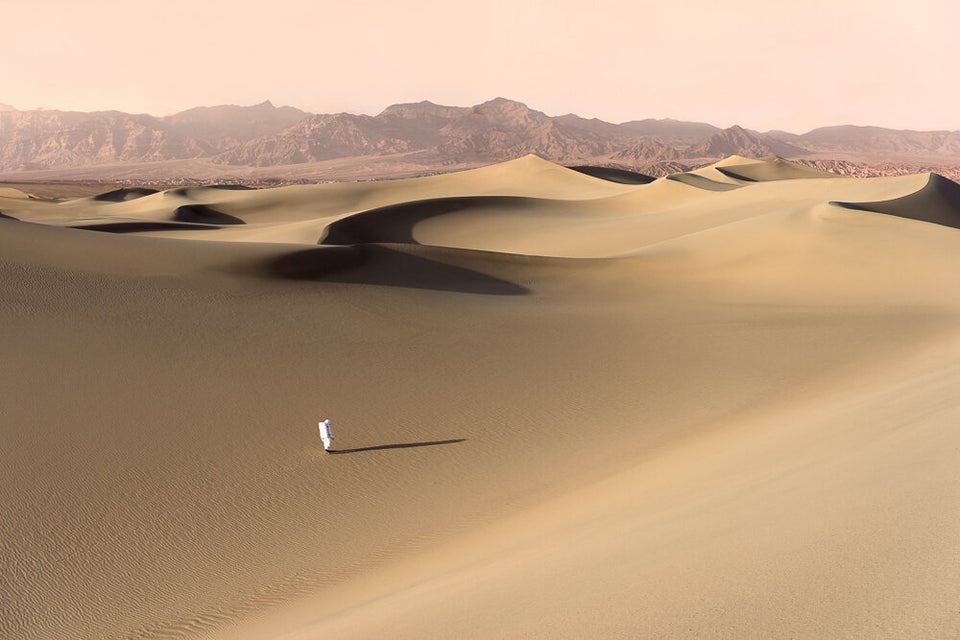The Curiosity rover has been on the Gale crater of Mars since its successful landing on August 6th, 2012. Now, scientists have discovered that the Red planet is more similar to Earth than originally thought.
Using rock data gathered by the robot, a study published in Nature Geoscience, found that many of the rocks in the crater had similar chemical makeup to ones found in the Earth's crust.
The discovery will help with our understanding of not only the history of Mars as a planet, but also the makeup of parts of the planet unexplored by terrestrial rovers such as Curiosity.

Scientists have discovered evidence of a continental crust on Mars
The crust of a planet is the outermost and thinnest layer. On Earth, the rock on land, or the continental crust, is typically lighter than what you'd find deeper in the oceans, or the oceanic crust.
Nature Geoscience's study revealed evidence of this continental crust has been found on Mars.
Mary Beth Griggs, a writer at Popular Science explained: "Scientists thought for a long time that Earth was the only planet with a continental crust, because typically it takes a very long time on a very active planet for the lighter rocks to rise to the surface and form into the chunks that make up the continental crust."
SEE ALSO:
The scientists used data from 22 Martian rock samples, some of which was gathered using Curiosity's ChemCam, a laser that the rover shoots at rocks to reveal chemical makeup.
However more research is still needed to confirm that Mars went through the same process of crust formulation as Earth. Although at this early stage, the signs do point to some interesting parallels between the two planets.
Not only does Curiosity rove on Mars for science, it also provides its Twitter followers with an endless stream of entertainment:
